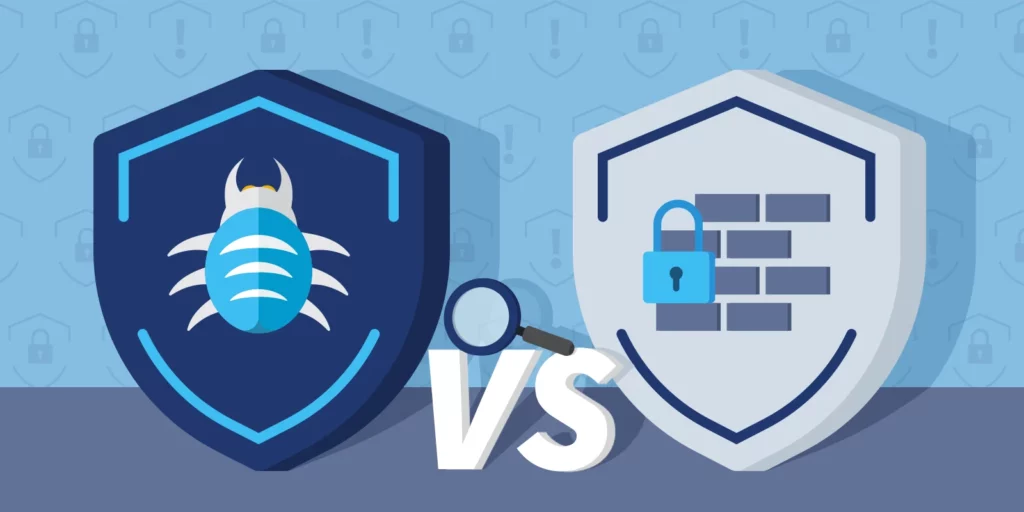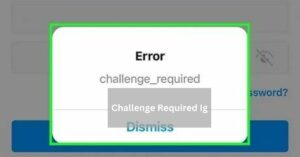Webcord virus – Safeguard Your Digital Life Today!
7 min read
Discover how it infiltrates computers through bad websites or emails, and find tips to stay safe with antivirus software and cautious browsing.
The Webcord virus is a sneaky computer bug that steals your personal information when you’re online. It gets into your computer through bad websites or emails. To stay safe, use antivirus software and be careful with what you click on.
Learn about its methods, from infiltrating through nefarious websites and deceptive emails to its impact on cybersecurity.
The Emergence Of Webcord – Keep Your Online Activities Safe And Secure!
The emergence of the Webcord virus marks a new chapter in cybersecurity. This malicious software is like a sneaky thief hiding in the corners of the internet, waiting to pounce on unsuspecting users.

It spreads through tricky methods, such as fake websites, emails with harmful attachments, or even through software that seems safe but is secretly infected. Once it gets into a computer or network, it’s like a spy, silently watching everything users do online.
What makes Webcord especially scary is how it operates in secret. It doesn’t want to be discovered by regular antivirus programs, so it works quietly in the background, spying on people’s activities without them knowing.
It’s like having a hidden camera watching everything you type, capturing sensitive information like passwords, credit card numbers, and personal messages.
This can lead to severe problems for individuals, like identity theft or financial loss, and for businesses, it can mean the exposure of confidential data and damage to their reputation.
So, understanding how Webcord works and taking steps to protect against it is crucial in today’s digital world.
Anatomy Of The Webcord Virus – Discover How The Webcord Virus Works Today!
The Webcord virus is like a sneaky digital spy that knows how to hide and watch everything you do online. Its main goal is to steal important information from your computer without you even knowing it’s there.
Imagine it as a silent intruder that creeps into your computer through websites or emails, waiting in the shadows to snatch your passwords, bank details, or personal messages. Once inside your computer, the Webcord virus starts to work its magic.
It can secretly record every keystroke you make, capturing everything you type, from passwords to emails. It can also take snapshots of your screen, capturing sensitive information like your online banking details or private conversations.
Even worse, it can sniff out data as it travels across the internet, intercepting your private messages or financial transactions.
In short, the Webcord virus is like a digital spy lurking in the shadows, silently stealing your secrets and risking your privacy.
Impact On Individuals And Organizations – Act Now To Secure Your Digital Assets!
The impact of the Webcord virus on individuals and organizations can be devastating, causing both personal and financial harm.

For individuals, falling victim to the Webcord virus can lead to identity theft, where cybercriminals steal personal information like names, addresses, and financial details.
This stolen data can then be used to open fraudulent accounts, make unauthorized purchases, or even commit crimes in the victim’s name.
Moreover, the emotional distress caused by having one’s privacy invaded and financial security compromised can be immense, leading to feelings of vulnerability and mistrust in online interactions.
Similarly, the consequences of a Webcord infection for organisations can be severe. Beyond the immediate financial losses incurred through theft or extortion, the exposure of sensitive data can lead to reputational damage and loss of customer trust.
Organizations may also face legal liabilities and regulatory penalties for failing to protect confidential information adequately.
Moreover, the disruption caused by malware outbreaks can cripple operations, leading to downtime, loss of productivity, and potentially significant financial repercussions.
The Webcord virus poses a significant threat to individuals and organizations, highlighting the critical importance of robust cybersecurity measures to safeguard against such malicious attacks.
Case Studies and Real-world Examples – Learn How To Protect Yourself Better!
Case studies and real-world examples provide valuable insights into the impact and consequences of the Webcord virus.
One notable incident involved a small business owner named Sarah, who fell victim to a Webcord attack. Sarah received an email from her bank requesting that she update her account information urgently.

Trusting the email’s appearance, she clicked on the link provided and unknowingly downloaded the Webcord virus onto her computer.
Over the following days, Sarah noticed unauthorized transactions on her bank account and strange emails from her address.
It was when she consulted a cybersecurity expert that she discovered the Webcord virus had compromised her computer.
The incident resulted in financial losses for Sarah damaged her reputation, and eroded her trust in her clients.
In another case, a large healthcare organization experienced a severe breach due to the Webcord virus. Attackers infiltrated the organization’s network through a vulnerable employee’s computer, infected with Webcord via a phishing email.
Once inside the network, the virus spread rapidly, compromising patient records and sensitive medical information.
The breach violated patient privacy and disrupted hospital operations, leading to delays in treatments and appointments.
The healthcare organisation faced significant regulatory penalties and lawsuits from affected patients, highlighting the severe consequences of failing to protect against Webcord and other malware threats.
These real-world examples underscore the importance of robust cybersecurity measures and proactive defences against evolving threats like the Webcord virus.
Prevention And Mitigation Strategies – Click Now To Safeguard Your Digital World!
1. User Education:
Promoting awareness about phishing scams, suspicious websites, and safe browsing practices can empower individuals to recognise and avoid potential threats.
This includes teaching people to scrutinise email addresses and links before clicking, recognising telltale signs of phishing emails such as misspellings or urgent requests for personal information, and encouraging strong, unique passwords for different accounts.
2. Antivirus and Firewall Protection:
Deploying robust security solutions, including antivirus software and firewalls, can help detect and block malicious activities.

Antivirus software scans files and programs for known malware signatures, while firewalls monitor and control incoming and outgoing network traffic to prevent unauthorised access. Choosing reputable security software and regularly updating it to defend against new threats is essential.
3. Regular Software Updates:
Keeping operating systems, browsers, and applications up-to-date is critical for patching known vulnerabilities exploited by malware like Webcord.
Software updates often include security patches that fix known weaknesses that cybercriminals could use. Enabling automatic updates or checking for updates manually ensures that systems are protected against the latest threats.
4. Network Segmentation:
Segmenting networks and implementing access controls can contain the spread of infections and limit the damage caused by malware outbreaks.
By dividing a network into smaller, isolated segments and restricting access based on user roles and permissions, organisations can prevent malware from spreading laterally and minimize the impact of a security breach.
5. Encryption and Secure Communication Protocols:
Encrypting sensitive data and using secure communication protocols such as HTTPS can thwart interception attempts by malware.
Encryption scrambles data into a format that can only be deciphered with the correct decryption key, making it unreadable to unauthorized parties.
Secure communication protocols like HTTPS encrypt data transmitted between a web browser and a website, protecting against eavesdropping and tampering by cyber criminals.
6. Incident Response Planning:
Developing comprehensive incident response plans enables organizations to effectively contain and remediate security breaches, minimizing their impact on operations.
This includes establishing clear procedures for detecting and responding to security incidents, defining roles and responsibilities within the incident response team, and conducting regular drills to test the plan’s effectiveness.
Additionally, organisations should have mechanisms for communicating with stakeholders, such as customers and regulatory authorities, in case of a data breach.
Future Outlook And Challenges – Keep Your Important Stuff Safe!

Looking into the future, the cybersecurity landscape poses both exciting advancements and daunting challenges. As technology continues to evolve at a rapid pace, so to do the tactics employed by cybercriminals.
Emerging technologies like artificial intelligence (AI) and quantum computing offer unprecedented opportunities for innovation, but they also introduce new vulnerabilities that malicious actors may exploit.
Conclusion:
The Webcord virus is a tricky computer problem that takes your personal information when you’re on the internet. It gets into your computer from harmful websites or emails. To keep safe, use antivirus software and watch out for suspicious things you click on.
FAQs:
1. How does it infect computers?
It infiltrates through malicious websites or deceptive email attachments.
2. What kind of information does it target?
Webcord targets sensitive data like passwords and credit card numbers.
3. How can I protect my computer?
Use antivirus software and be cautious when clicking on links or downloading attachments.
4. What are the signs of a Webcord infection?
Symptoms may include unusual computer behaviour or unauthorized access to personal accounts.
5. Can the Webcord virus be removed?
Using reputable antivirus software can help detect and remove the virus from your system.
6. What should I do if I suspect my computer is infected?
Immediately run a full antivirus scan and change passwords for affected accounts.
Also Read:






